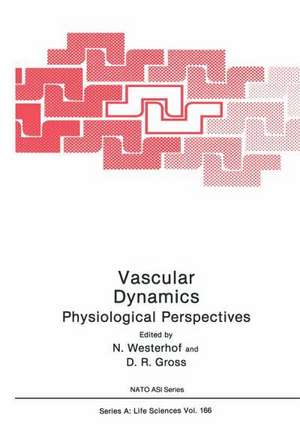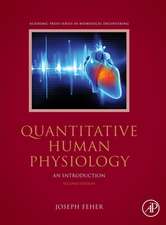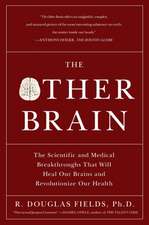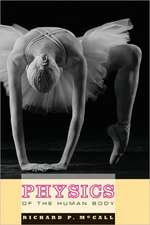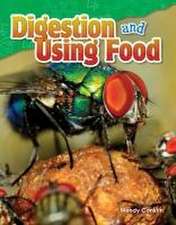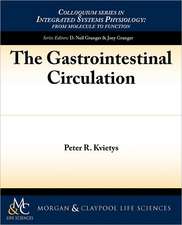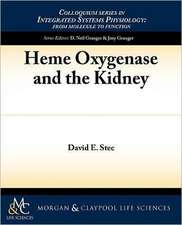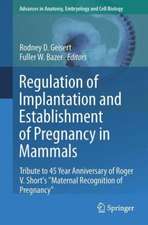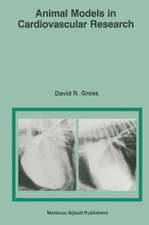Vascular Dynamics: Physiological Perspectives: NATO ASI Subseries A:, cartea 166
Autor N. Westerhof, D.R. Grossen Limba Engleză Paperback – 29 apr 2013
Preț: 722.48 lei
Preț vechi: 760.50 lei
-5% Nou
Puncte Express: 1084
Preț estimativ în valută:
138.25€ • 144.71$ • 115.06£
138.25€ • 144.71$ • 115.06£
Carte tipărită la comandă
Livrare economică 31 martie-14 aprilie
Preluare comenzi: 021 569.72.76
Specificații
ISBN-13: 9781468478587
ISBN-10: 1468478583
Pagini: 336
Ilustrații: IX, 320 p. 104 illus.
Dimensiuni: 178 x 254 x 18 mm
Greutate: 0.59 kg
Ediția:Softcover reprint of the original 1st ed. 1989
Editura: Springer Us
Colecția Springer
Seria NATO ASI Subseries A:
Locul publicării:New York, NY, United States
ISBN-10: 1468478583
Pagini: 336
Ilustrații: IX, 320 p. 104 illus.
Dimensiuni: 178 x 254 x 18 mm
Greutate: 0.59 kg
Ediția:Softcover reprint of the original 1st ed. 1989
Editura: Springer Us
Colecția Springer
Seria NATO ASI Subseries A:
Locul publicării:New York, NY, United States
Public țintă
ResearchCuprins
Keynote Address.- Section I: Conduit and Resistive Vessel Dynamics.- 1 Arterial Compliance-Physiological Viewpoint.- 2 Neuro Humoral Control.- 3 Compliance And Aging.- 4 Pulse Propagation in the Systemic Arterial Tree.- 5 Reduced Models of the Systemic Arterial Circulation.- 6 Peripheral Vascular Compliance.- 7 Small Vessel Compliance May Explain Peripheral Pressure-Flow Relations.- 8 Pressure, Flow and Vessel Wall Stress Distribution in the Entrance Region of an Artery: A Mathematical Model Study.- Section II: Endothelium and Isolated Vessels.- 9 Compliance of Isolated Resistance Vessels from Spontaneously Hypertensive Rats.- 10 Endothelial Cell-Basement Membrane Interactions.- 11 Endothelium in Hemostasis and Thrombosis.- 12 Role of Endothelial Cells in the Control of Vascular Tone.- 13 Endothelium Influenced Vasomotion: Models and Measurements.- Section III: Atherogenesis.- 14 Shear Stress in Atherogenesis.- 15 Vessel Wall Compliance and Transient Fluid Movement.- 16 Mass Transport Processes in Atherosclerosis.- 17 Vascular Tissue Response to Experimentally Altered Local Blood Flow Conditions.- 18 Monocytes and Susceptibility to Atherosclerosis.- Section IV: Vascular Prostheses.- 19 Hemodynamic Models in Vascular Grafting.- 20 Clinical Importance of the Compliant Conduit.- 21 Stress-Strain Characteristics of Vascular Prostheses: Is There a Relationship to Healing and Graft Patency?.- 22 Vascular Graft Materials and Their Structure.- 23 Vascular Surgery.- 24 Biological Regeneration in Vascular Grafts.
